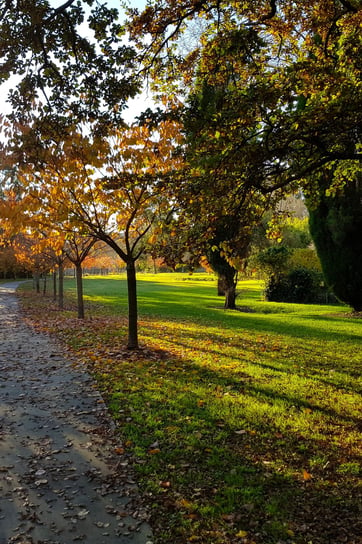The Rise of Sustainable Design
We highlight the importance of sustainable design in Australian development projects. From reducing environmental impact to enhancing economic viability and social well-being, sustainable design offers multifaceted benefits.
A Game Changer in Australian Development Projects
In an era marked by environmental consciousness and sustainable living, the role of sustainable design in Australian development projects has become more crucial than ever before. From reducing carbon footprints to enhancing quality of life, sustainable design practices offer a myriad of benefits that resonate throughout our communities. In this blog post, we'll delve into the significance of sustainable design in Australian development projects and explore the tangible advantages it brings to the table.
The Environmental Imperative
As we confront the challenges of climate change and environmental degradation, the imperative for sustainable design in development projects cannot be overstated. Sustainable design principles prioritize energy efficiency, resource conservation, and waste reduction, helping to minimize the environmental impact of construction and urban development.
Economic Viability
Contrary to popular belief, sustainable design is not just an environmental endeavor—it's also a smart financial decision. By incorporating energy-efficient technologies, passive design strategies, and renewable materials, developers can significantly lower operational costs and improve long-term economic viability. Moreover, sustainable buildings often command higher resale values and attract environmentally conscious tenants, further enhancing their financial appeal.
Social Well-Being
In addition to its environmental and economic benefits, sustainable design contributes to the overall well-being and quality of life of occupants and communities. Features such as natural daylighting, improved indoor air quality, and access to green spaces promote occupant health and productivity, fostering vibrant and livable environments for residents and visitors alike.







